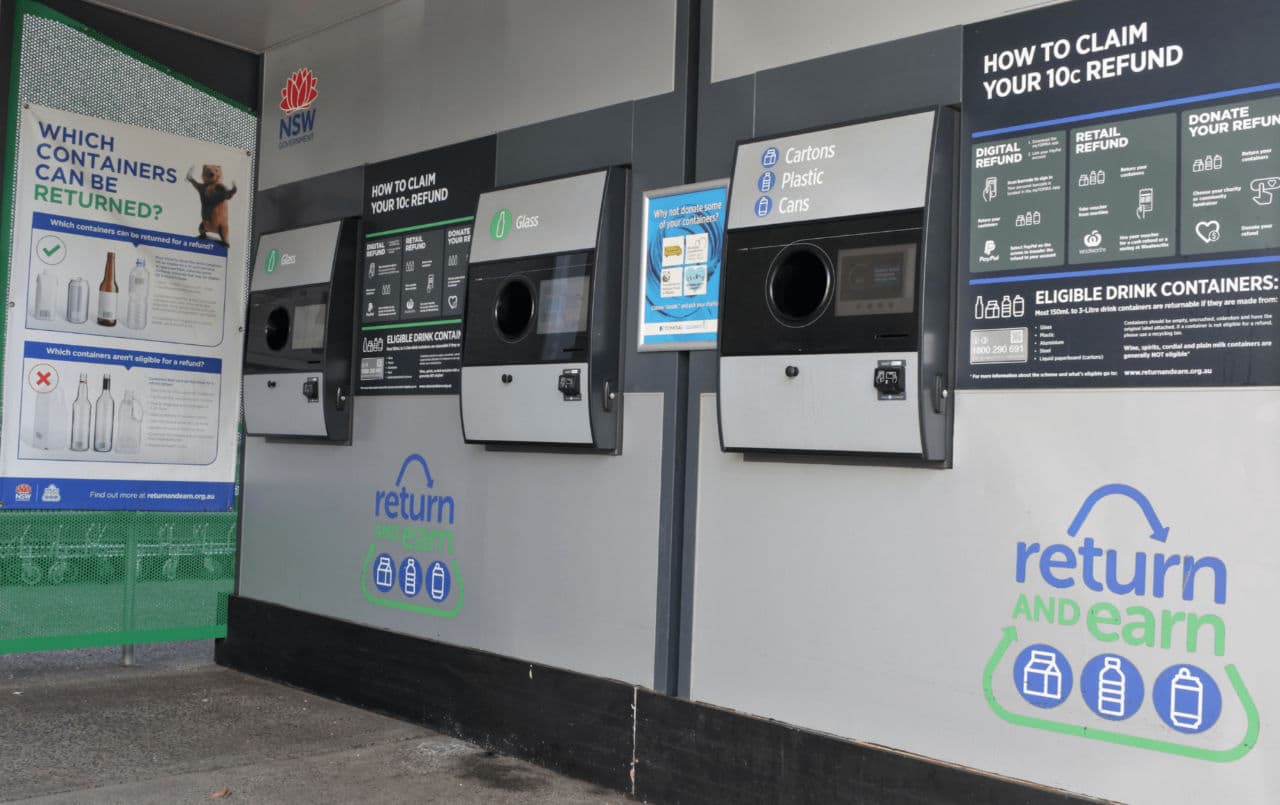SEO For Your New Website
You’ve developed an exciting new business idea, found designers to create beautiful images and graphics, built the perfect website and you are finally ready to launch. After all the hard work, your business is finally online.
But….as with all good things it’s the ongoing work and doing the basics really well that will turn it from just another site in a dark corner on the web, to one that’s bustling with your ideal customers. This is just the beginning, and so that you can grow your site into an indisposable part of your business, here’s an introduction to the essential next SEO steps to take.
Questions that many people ask at this point include:
- How do the people you want to target find it?
- How does your website start to appear in the search results?
- What can you do to make your website more visible?
It all boils down to something called Search Engine Optimisation (SEO). Unfortunately, this is a long-term process that does not yield results immediately. The good news is that if you take all the right steps from the beginning, you’ll see ongoing, long term results, as well as saving yourself plenty of work further down the line.
So, to get started, let’s take a quick look at what SEO actually is.
What is SEO and why do I need it for my business?
Think about it this way – a search engine is just a referral engine, a tool that provides the best answers to users’ questions. For your business to truly succeed online, you must do everything in your power to be as visible as possible in the search results.
You should aim to provide your prospective customers with whatever information they need, and answer any questions they may have, to make an informed decision. This has the benefit of helping you get more relevant traffic to your site and convert more clicks to customers.
As to exactly what activities make up SEO, well unfortunately there’s no simple answer. Is SEO market research? Keyword research? Is it building a perfectly optimised website? Is it copywriting? Building links with other sites? Is SEO ensuring you present a positive and credible image to potential customers? Is SEO usability and User Experience (UX)? Is SEO mobile optimisation? Is SEO conversion rate optimisation and analytics?
The answer to all of these is yes! SEO is a complex, multi-layered discipline. There are different types of SEO and many factors that can influence your site’s visibility in the search results.
An experienced SEO consultant will help you identify the type of SEO that is important for your business. This will be influenced by the industry you’re in, the geography in which you operate, and your SEO strengths, weakness, opportunities and threats.
For small businesses, the main SEO areas to consider will be:
- Website – a well-structured, fast, mobile-friendly website is essential.
- Content – your content should help demonstrate why a customer should choose you.
- Content marketing – informational blog content can put you in front of a wider audience.
- Onsite optimisation – basic optimisation is important so think page titles and meta descriptions.
- Local SEO – local SEO best practices will increase visibility to local customers.
- Authority building – links are still highly correlated with strong search engine results.
- Credibility – case studies, portfolios, reviews and testimonials help inform and persuade.
Putting SEO Into Practice
While these areas are important to be aware of, let’s look at some practical SEO steps to take that will make sure your website gets noticed.
Google friendly content
 Even if you have chosen strong and relevant keywords, there is no point if your content does not engage your audience. So, before starting an active SEO effort, it’s necessary to make sure your website has unique content that engages and helps its users. It is very important to write about the topics that your audience is looking for and your website’s pages must contain information directly related to what you want to be ranked for.
Even if you have chosen strong and relevant keywords, there is no point if your content does not engage your audience. So, before starting an active SEO effort, it’s necessary to make sure your website has unique content that engages and helps its users. It is very important to write about the topics that your audience is looking for and your website’s pages must contain information directly related to what you want to be ranked for.
Check out these tips for creating Google friendly content
Keyword research
 So, if you really want to improve your SEO you must undertake keyword research to understand what your audience is searching for and the words they use to find it. Successful keyword research gives you the ability to create a list of search terms you want to be found for. The simplest way is to search for them yourself and note the results that are produced by the search engines. This is also a good way to uncover competitors who use the same keywords and phrases. Targeting relevant keywords can have a huge effect on your website’s organic ranking.
So, if you really want to improve your SEO you must undertake keyword research to understand what your audience is searching for and the words they use to find it. Successful keyword research gives you the ability to create a list of search terms you want to be found for. The simplest way is to search for them yourself and note the results that are produced by the search engines. This is also a good way to uncover competitors who use the same keywords and phrases. Targeting relevant keywords can have a huge effect on your website’s organic ranking.
This HREFS guide on how to do keyword research for SEO is a good place to learn more
Have a good website structure
 You must identify which pages on your website are the most important, and ensure that they link to other pages in a way that’s logical and easy for users to find. Do not forget to make your most important content more visible than anything else. This can be done by using simple and clear navigation and using meta tags (such as Title Tags, H1 & H2 Tags) which indicate to the search engines what the topic of each page is.
You must identify which pages on your website are the most important, and ensure that they link to other pages in a way that’s logical and easy for users to find. Do not forget to make your most important content more visible than anything else. This can be done by using simple and clear navigation and using meta tags (such as Title Tags, H1 & H2 Tags) which indicate to the search engines what the topic of each page is.
Here’s some further reading on how to structure your site
Optimise your title tags
 The page title that Google displays in its search results are taken from the title tags on each of your pages. Title tags also determine the text that displays in the user’s browser tabs. Think of them in the same way as page titles in a book – they should clearly indicate to the reader what the page is about. By making each page title unique and including keywords that you’ve identified in your research, you can optimise your search visibility.
The page title that Google displays in its search results are taken from the title tags on each of your pages. Title tags also determine the text that displays in the user’s browser tabs. Think of them in the same way as page titles in a book – they should clearly indicate to the reader what the page is about. By making each page title unique and including keywords that you’ve identified in your research, you can optimise your search visibility.
Read more about adding & using title tags correctly
Add engaging snippets
 Snippets refer to the information that appears below your website’s title in the search engine results and gives each page a relevant, keyword-focused meta description.
Snippets refer to the information that appears below your website’s title in the search engine results and gives each page a relevant, keyword-focused meta description.
Though not important for search engine ranking, well written, user friendly meta descriptions can have a huge impact on your search result click-through rates. Your titles and meta descriptions should be tempting enough that your audience is likely to click on them and optimised to match your site content when they visit the page.
Check out this SEMRush article to learn more about SEO Meta Descriptions
Link building
 Before getting started it’s good to have a basic understanding about why you actually need links and how the search engines use them. The number of links pointing to your website can indicate how useful and important is. These are called backlinks. The more quality backlinks a website has, the more importance the search engines will give to it and the higher it will be ranked in the search results. Google is smart enough to understand if you use shady and non-logical links, so buying or trading links is a bad and short sighted strategy. Instead, look to connect with link-minded, popular sites that are highly relevant to your business and specific content on each page.
Before getting started it’s good to have a basic understanding about why you actually need links and how the search engines use them. The number of links pointing to your website can indicate how useful and important is. These are called backlinks. The more quality backlinks a website has, the more importance the search engines will give to it and the higher it will be ranked in the search results. Google is smart enough to understand if you use shady and non-logical links, so buying or trading links is a bad and short sighted strategy. Instead, look to connect with link-minded, popular sites that are highly relevant to your business and specific content on each page.
See link building for better SEO by Wordstream for more advice
Set up Google Analytics & use data to guide your SEO
 After building your website, it’s vital to install Google Analytics, a free analytics and tracking platform. SEO is definitely not a short process, so if you’d like to rank for competitive keywords, you need to put together a long-term SEO strategy with clearly defined purposes.
After building your website, it’s vital to install Google Analytics, a free analytics and tracking platform. SEO is definitely not a short process, so if you’d like to rank for competitive keywords, you need to put together a long-term SEO strategy with clearly defined purposes.
Using data from your analytics removes the guesswork and helps you understand how people are finding your site, where they are coming from and their behaviour once there. You can then make informed decisions to make improvements to specific areas of your SEO strategy and measure the success of the results.
Read Unamo’s beginners guide to mastering SEO with Google Analytics to find out more
Final thoughts
This is just a simple overview of the basics and many people just don’t have the time or interest to get into the technicalities of SEO. But it’s worth being familiar with the what’s required so that you can make informed decisions for your business.
If one of those decisions is to get an expert involved, We’re always available for a chat to answer any questions or offer advice where possible. Just drop us a message to hello@piernine.co, or use the contact form on the site piernine.co/contact.
Some further SEO reading
If you’d still like some further reading, here’s a couple more great resources to check out:
Moz SEO Checklist For New Site Launch – https://moz.com/blog/launching-new-website-seo-checklist-whiteboard-friday
Yoast SEO For New Websites – https://yoast.com/seo-for-a-new-website-the-very-first-things-to-do/





